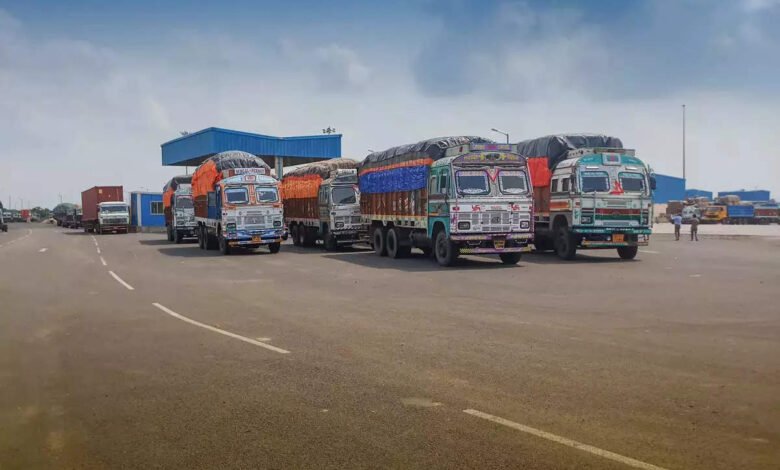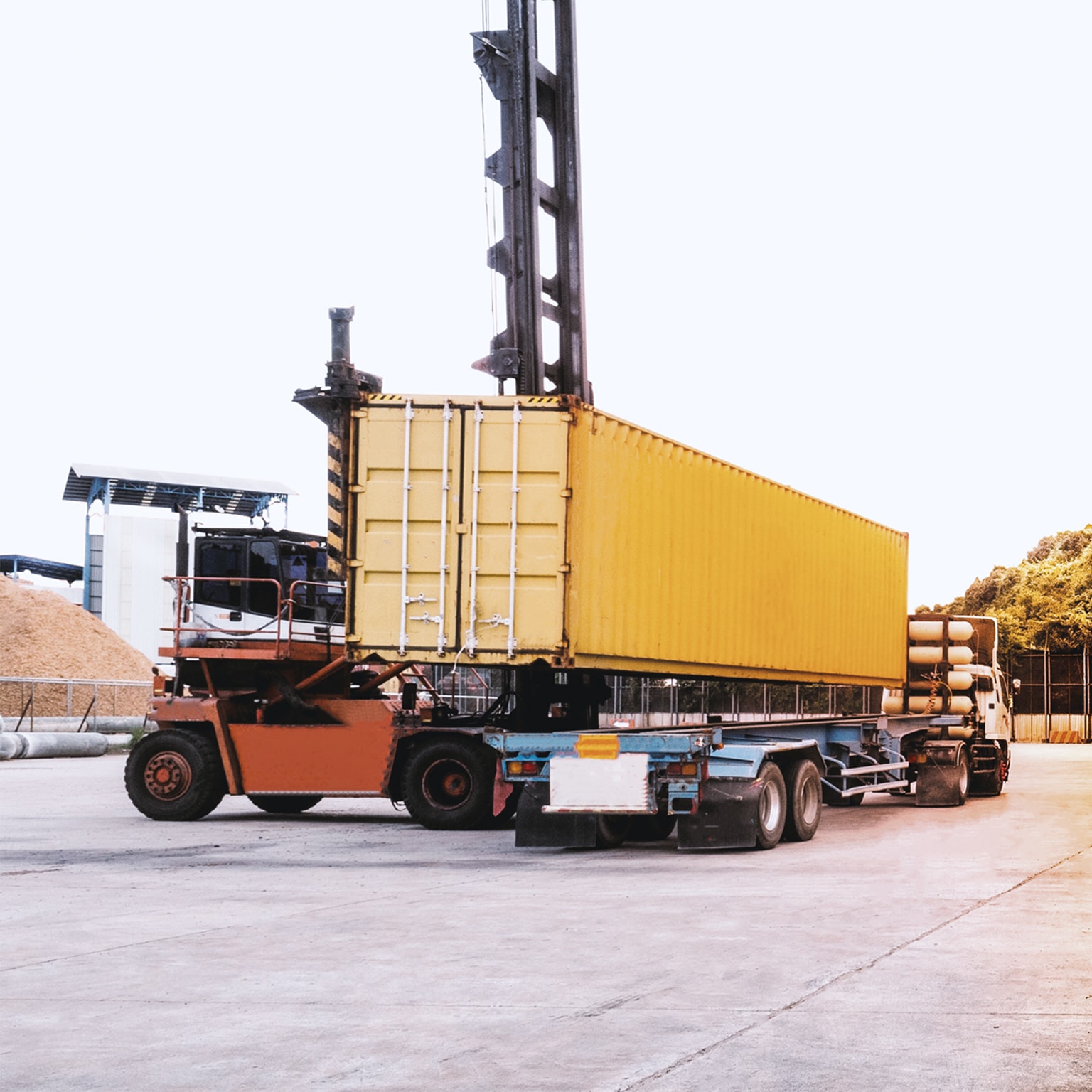Over the last 75 years, logistics in India have changed dramatically

Over the last 75 years, logistics in India have changed dramatically
Over the previous 75 years, India’s logistics sector has experienced phenomenal expansion. We have come a long way in transforming India into a powerhouse for global manufacturing, going from being mere “transportation providers” to accelerating the growth of industries like eCommerce and FMCG with quick last-mile delivery.
This is a direct result of the nation’s consistent economic growth and increasing freight traffic, which will more than double by 2050.
The development of the nation’s logistics infrastructure has been accelerated thanks in large part to the state and federal governments’ considerable legislative support for India’s logistic business. The government has intensified efforts in recent years to improve domestic cargo flow in the nation by building additional Grade A warehousing and interconnected facilities, including inland waterways terminals, container depots, private freight terminals, cold-storage chains, etc. Massive budgetary investments in constructing multi-modal logistics parks, rail-based freight routes, and USD 220 billion projects like Bharatmala and Sagarmala have further increased hopes for a robust PAN India connection.
Almost 2.2 crore Indians are employed in the logistics industry, which contributes a whopping 5% to the nation’s GDP, according to the Ministry of Commerce and Industry. According to specialists interviewed for a different Stockarea research titled “Logistics Market in India,” the industry would expand at a compounded rate of 8% over the following five years, reaching USD 330 billion by 2025. The sector is moving toward Just-in-Time distribution methods and tech-enabled processes; thus, this upward growth trend is anticipated to continue in the years to come.
The industry has proven its mettle in trying times like the Covid-19 epidemic and the current Ukraine-Russia war-induced supply chain disruptions with unwavering resilience and admirable adaptability. For example, during the terrifying waves of covid infections, the healthcare logistics sector kept the necessary supplies, such as PPE kits, face masks, medications, hand sanitisers, and other covid-protective products, moving through the supply chain and delivered samples in just 48 hours. It opened the stakeholders’ eyes to the need to increase their efforts to improve supply chain efficiency and reconsider the areas of the sector that are seeing development.
By implementing automation and IT-enabled information systems, the sector is moving forward at an impressive rate. There have never been better opportunities for the logistics sector. Let’s examine the sector’s development since its infancy as India marks its 75th anniversary of freedom.
The changing landscape of the logistics industry: from legal restrictions to integrated logistics

Despite its remarkable rise year after year, the logistics sector remained fragmented and beset by problems for a considerable time. The absence of policy action and the underdeveloped infrastructure were the leading causes of this. A non-uniform tax structure and the intricacy of shipping liability requirements also created debilitating roadblocks. However, interstate freight shipping improved significantly when the Goods and Services Tax (GST) was implemented and the Carriage by Road Act of 2007 was passed. This was significant in laying the groundwork for smooth import and export in the nation, and both small and large businesses benefited.
The next period of explosive expansion for the sector occurred between 2010 and 2018, when the total amount of warehouse stock across 8 major U.S. cities quadrupled, according to a JLL study. By 2022, 344 million square feet were projected to be needed, but the rapid onset of the epidemic drastically reduced demand. This compelled the sector to consider plausible fixes to future-proof its operations. Many market participants used cutting-edge and sophisticated technology to automate processes and create a single window channel for offering end-to-end logistical services. They want to increase supply chain visibility while bridging the gap between demand and supply.
The industry is rapidly pushing for a balanced modal mix, which presently stands at 64–65% for freight moving over roadways, a meagre 6% via waterways, and 30% through trains, to maximize time and cost efficiency. It is anticipated that the installation of the Dedicated Freight Corridors (DFC) would enhance the proportion of railroads in the mix. The Sagarmala Programme, established to use India’s 7,517 km of coastline for port-led economic growth through different public-private partnership (PPP) initiatives, would directly address this.
Government programs also greatly assisted the industry in the new normal. To provide a seamless and integrated flow of goods, services, and people between various modes of transportation, the PM Gati Shati initiative, National Master Plan for Multi-Modal connectivity, unites 16 diverse industries, including Roadways and Railways, through a digital platform, has been introduced. Using Geographic Information System (GIS) capabilities for dynamic mapping, it is ready to support last-mile connectivity and coordinated inter-departmental efforts.

The National Logistics Policy (NLP), however, will undoubtedly serve as the industry’s most significant development engine among all the policy support measures. The suggested NLP draft outlines a strategy for creating a smooth, integrated, dependable, and environmentally friendly logistics network by optimizing essential procedures and human resources. To reduce the cost of logistics to 10% by 2022, it was built on the three pillars of digitization, informalization, and standardization.
It would more effectively link the local and international supply chains, increasing market competition and placing the Indian logistics sector on par with major international firms. The sector’s growth is anticipated to be further accelerated by the enormous expansion of eCommerce and direct-to-consumer players in recent years.
Future prospects

Despite the pandemic-caused delay, the industry’s post-covid prognosis appears promising. India’s logistics sector will sooner rather than later realize its growth potential by putting in place a well-balanced modal logistics infrastructure and coordinating the activities of the government and industry actors. It’s safe to state that India’s logistics sector will undergo a transformation in the upcoming ten years.
Edited by Prakriti Arora




